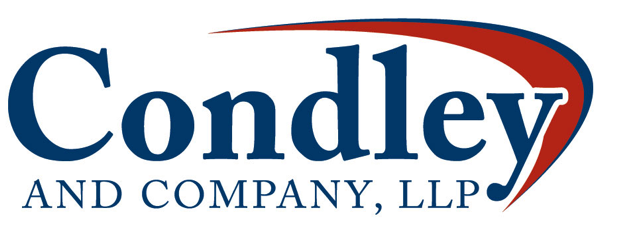
The Affordable Care Act (more widely known as the “healthcare reform law”) requires group health care plans to provide plan participants with a Summary of Benefits and Coverage (“SBC”). Recently, the federal government has provided guidance to group plans and health insurance issuers as to how to meet the healthcare reform law’s SBC requirements.
Background
The law’s goal is to provide covered individuals with a document that accurately describes the health plan’s benefits and coverage. The SBC must be presented in clear language and in a uniform format. It must contain a “uniform glossary” of terms used in the SBC. The material should be written in such a manner that consumers will be better able to understand their coverage and to compare coverage options.
SBC Basics
Certain information must be contained in an SBC, including:
- Key benefits and coverage
- Costs to the participants
- List of excluded services
- Other significant conditions or limitations
- “Covered examples”
- List of definitions (the official “uniform glossary”) of commonly used health insurance terms
Guidance Issued
In an effort to clear up many questions raised about the final regulations subsequent to their issuance, the government recently released 24 Frequently Asked Questions. The FAQs cover various areas designed to promote operational efficiencies and ensure a plan’s successful implementation of the final regulations, including:
- Matters relating to plan coverage tiers
- COBRA beneficiaries
- SBC trigger events for self-insured plans
- Variations in the SBC’s form or content
- Carve-out arrangements
- The requirement to provide an SBC within seven business days.
When the SBC Must Be Provided
In general, participants who enroll (or re-enroll) in group health plans (as well as other employer-provided benefits) make their elections during the employer’s “open enrollment” period. The guidance provides that group health plans must generally provide plan participants SBCs beginning on the first day of the open enrollment period that begins on or after September 23, 2012. For individuals who enroll in an employer’s group health plan through a process other than open enrollment, the SBC must be provided beginning on the first day of the first plan year that begins on or after September 23, 2012.
Example 1: Company XYZ’s open enrollment period begins on October 1, 2012. Under the regulations, XYZ must provide plan participants with SBCs beginning no later than October 1, 2012.
Example 2: ABC Corporation’s plan year is based on a calendar year. Jane Doe is hired on November 18, 2012. ABC must provide Jane Doe with an SBC by January 1, 2013.
For those who have individual health plan coverage — as opposed to group coverage — disclosures must be provided by September 23, 2012. Issuers must also provide SBCs to group health plans by the same September 23, 2012, deadline.
Health plans are also required to provide an SBC at least 60 days before the effective date of any changes in plan coverage. Furthermore, when a consumer is “shopping” for a plan and is seeking pertinent information, an SBC must be provided upon request.
Penalty Grace Period
The DOL, EBSA, and HHS will not impose any penalties on plans and issuers in the first year of applicability, so long as they are working diligently and in good faith to provide the required SBC content in line with the regulation’s requirements.
If you have any questions relating to the Affordable Care Act’s requirements for your organization’s health benefit plans, let us be of assistance. You can reach a Condley and Company, L.L.P. advisor by calling 325-677-6251.
